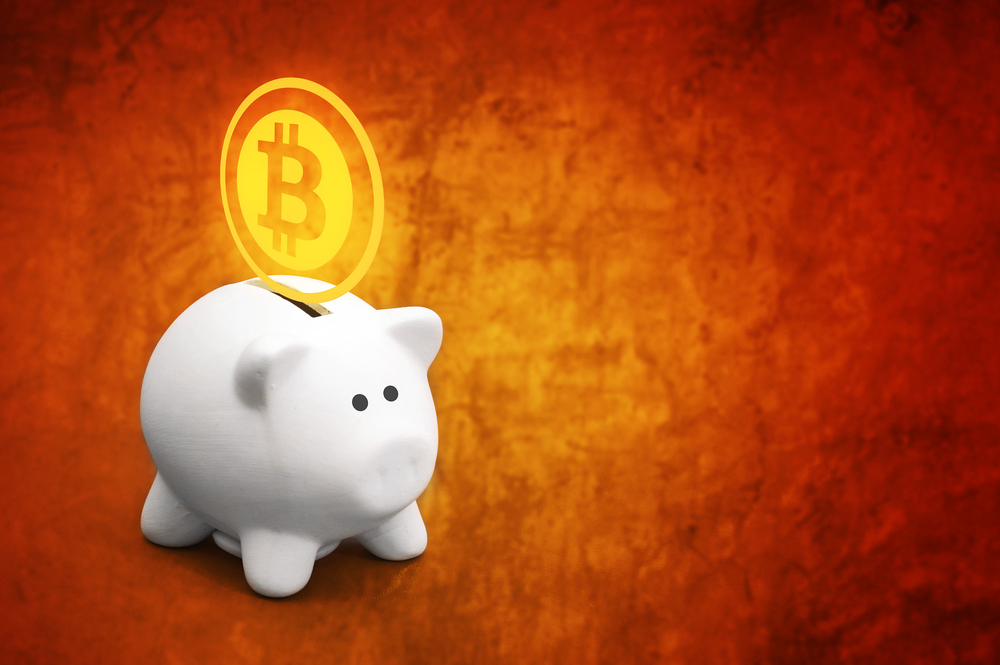Many Bitcoin enthusiasts already see Bitcoin as just another form of money. And this is partially true, as you can use Bitcoin to pay for goods and services, both online and offline. However, the mainstream masses seem to associate Bitcoin with a “currency” at best, and “fake internet money” in the worst case scenario. But when will Bitcoin actually become money?
The Three Steps To Success
Before any currency – online or offline – can become money, it will have to go through several stages. The first step is gaining a store of value, and more importantly, proving that your payment method is capable of being that store of value over the course of 3-5 years. Considering how Bitcoin’s first use cases have all been about “store of value”, we can safely conclude that this step has been completed successfully.
But how does Bitcoin gain that store of value if it’s still a “niche” payment method? Needless to say, this is a topic of heavy debate, as it all depends on how you classify Bitcoin itself. Bitcoin greatly appeals to investors and day traders, simply because of its sheer liquidity [due to the lack of mass-adoption] and its volatile price swings – as we can see on the charts right now.
Investing in Bitcoin itself does not give it its “store of value” aspect. However, using a separate wallet to store your bitcoins for a later date, and not spending them on a regular basis, does indicate you are storing Bitcoins for their value. That is, in the hopes of the Bitcoin value going up, just like you would store precious metals, stocks and other valuable assets.
When we want more people to think of Bitcoin as money – in terms of a payment system that is – we need to convince them to actively hold this digital currency. After all, where would the credit card networks be if no one used a Visa or Mastercard today? They would fall flat on their ass, and that could very well happen to Bitcoin as well.
As the number of people actively holding Bitcoin grows, the logical result is that Bitcoin becomes a medium of exchange. Not in the sense of exchanging Bitcoin to fiat currency per se, but also as a way to buy and sell goods and services on a bigger scale. We are currently in this stage, and as the number of Bitcoin user grows, this phase will be completed successfully over time.
Last but not least, goods and services need to be priced in Bitcoin in 5-8 years from now. Most retailers that are accepting Bitcoin payments still list their items in fiat currency and accept the Bitcoin equivalent as payment. But what if products and services were to be listed in a Bitcoin value, regardless of the fiat currency value that would represent at any given time?
Another downside to pricing goods and services in fiat currency [even though you can pay the same amount in Bitcoin] is the fact that people will automatically revert to using traditional payment methods. There is a mental association between payment methods such as banks wires, credit cards and debit cards, and paying for anything billed in fiat currency.
It has to be said however that the current volatile Bitcoin price is not doing the digital currency any favors in order to be used as a unit of account in the near future. On the other hand, volatile swings have been occurring less frequent over the past year and a half, which could be an indication of a price stabilisation process.
If you like the story, follow us on twitter @btc_feed and subscribe to newsletter


No Responses